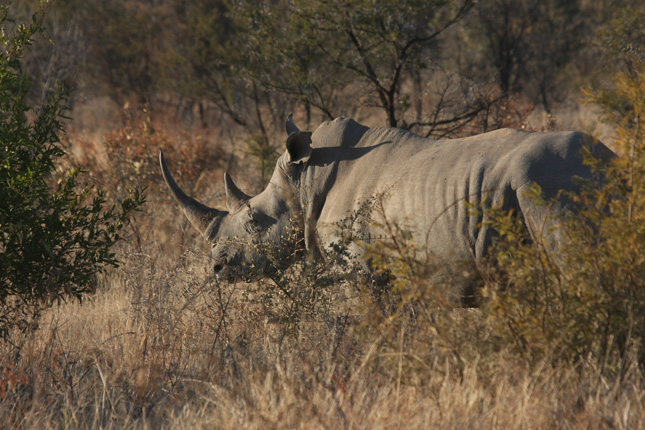-
Vanda Felbab-Brown, Mongabay
To Counter Wildlife Trafficking, Local Enforcement, Not En-Route Interdiction, Is Key
February 16, 2018 By Wilson Center Staff
The global poaching crisis has induced large segments of the conservation community to call for far tougher law enforcement. Many look to policing lessons from decades of counter-narcotics efforts for solutions.
Boosting enforcement of wildlife regulations is overdue, as they have long been accorded the least priority by many enforcement authorities and corruption has further eviscerated their enforcement in many critical wildlife supply, transshipment, and demand countries.
But better and tougher law enforcement is not a silver bullet. In fact, some designs of interdiction modeled on counter-narcotics efforts, including the current conservation community emphasis on greater en-route seizures of smuggled wildlife, can be outright counterproductive.
Continue reading on Mongabay.
For more on this topic from Vanda Felbab-Brown, watch our panel discussion with her and listen to her interview on the Brookings Cafeteria podcast.
Photo credit: A white rhinoceros, July, 2014, courtesy of Flickr user Gimli62.
 A Publication of the Stimson Center.
A Publication of the Stimson Center.



